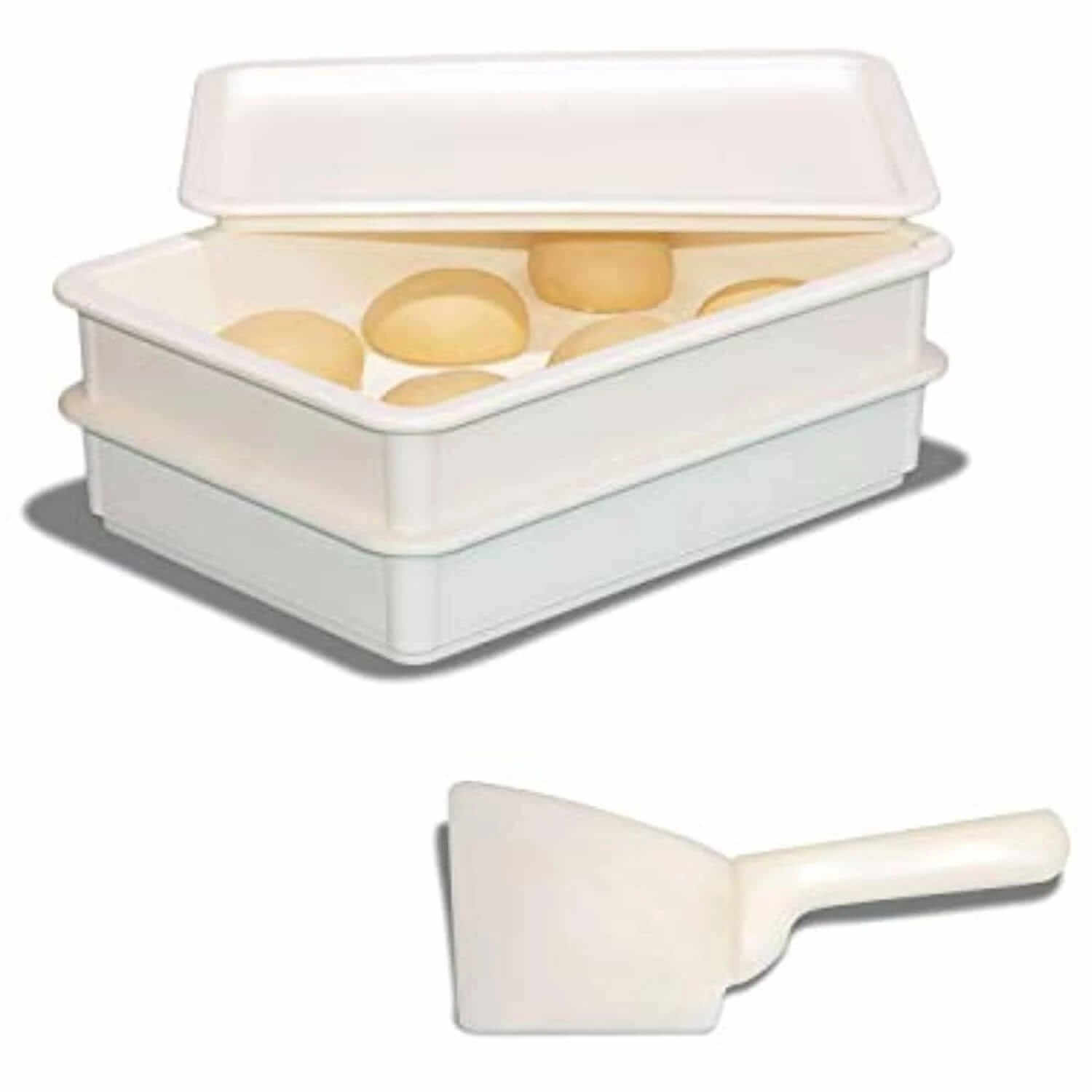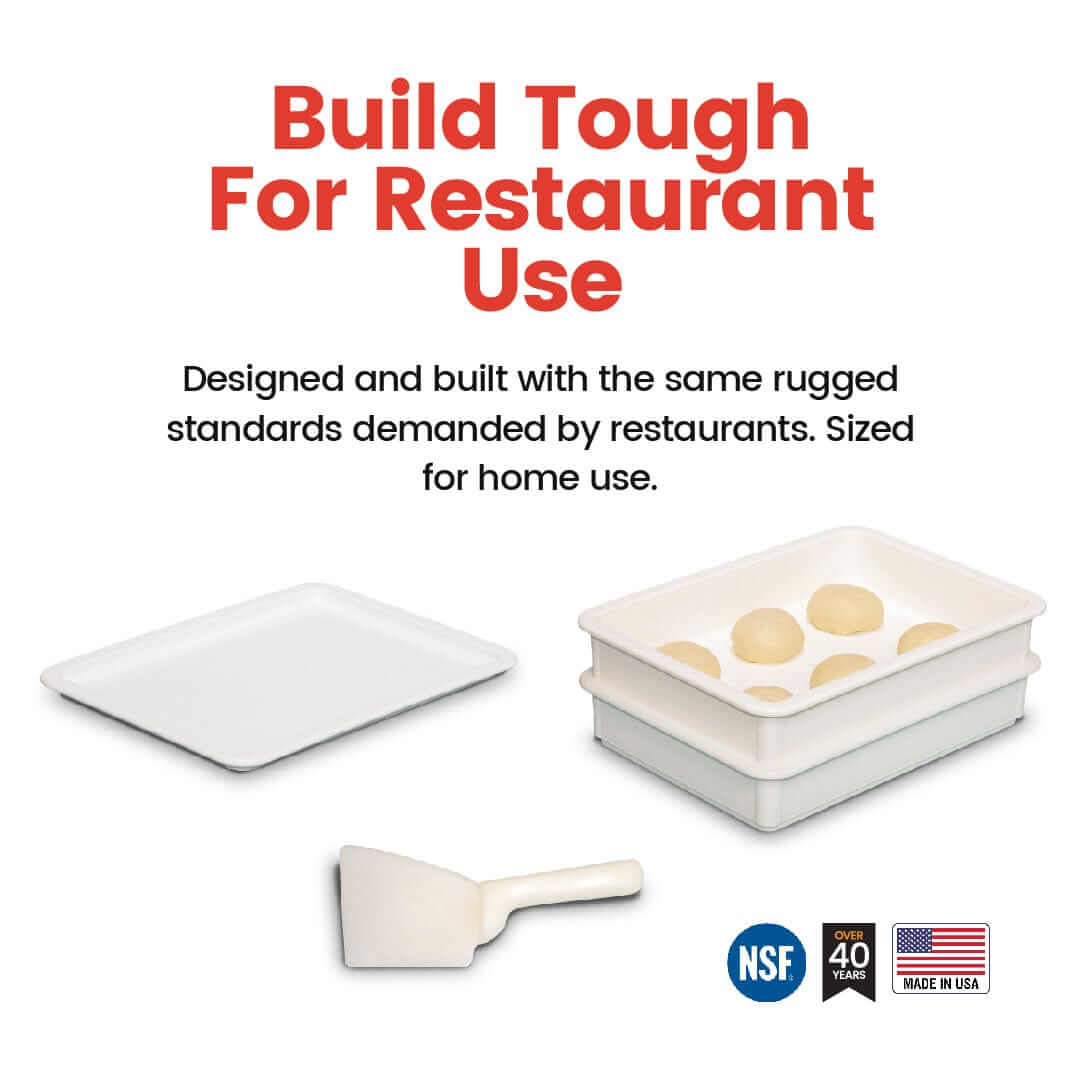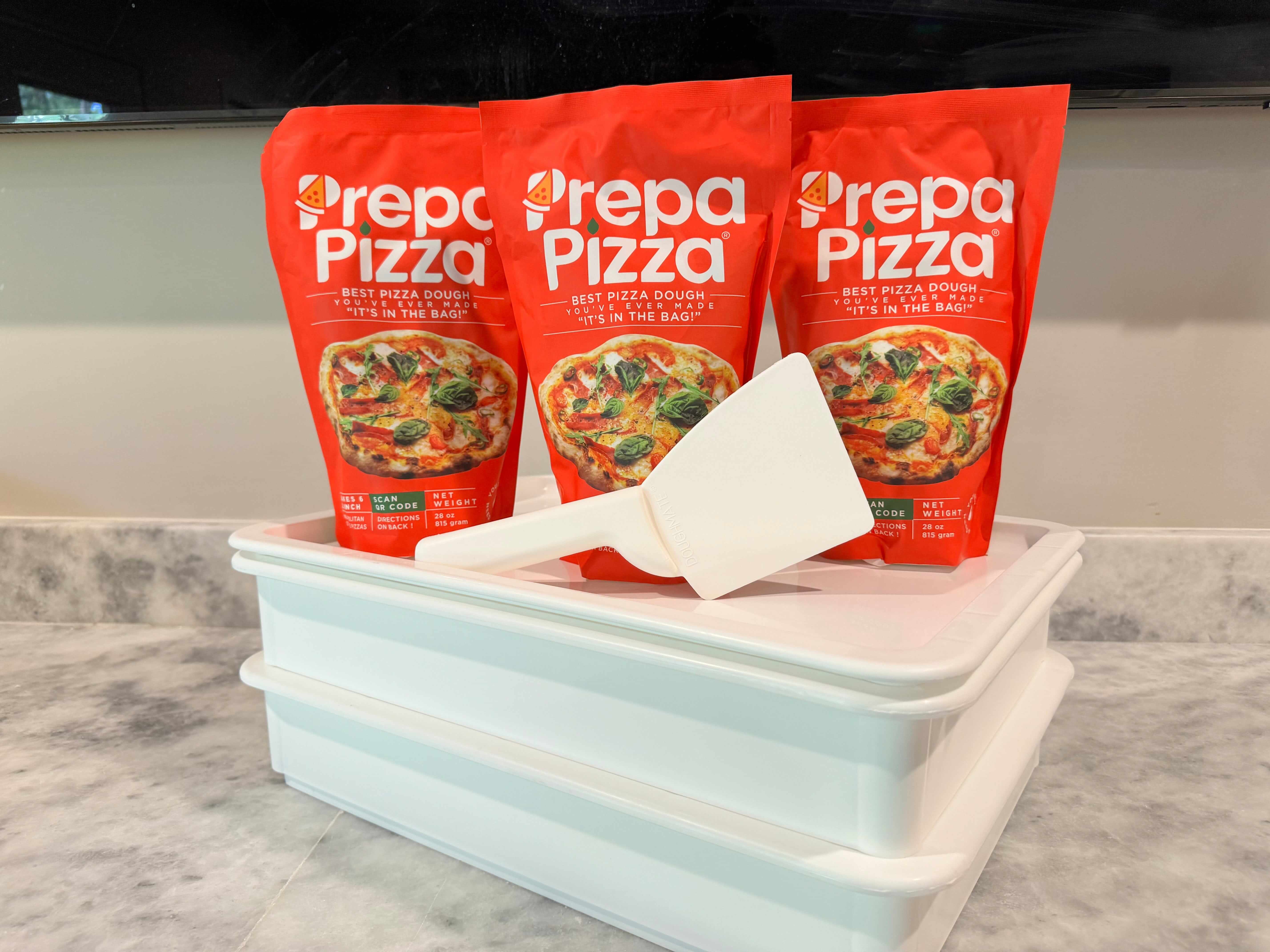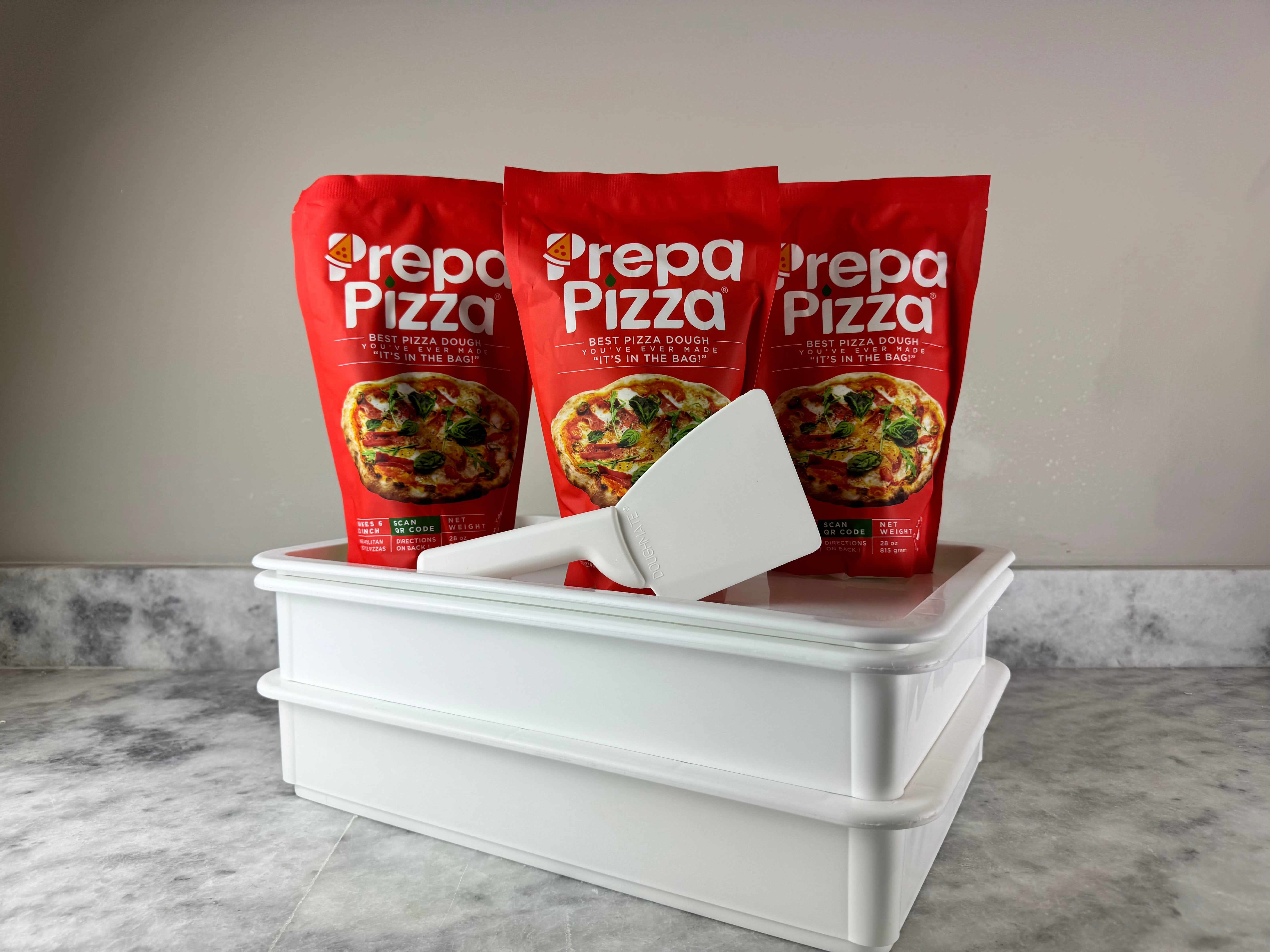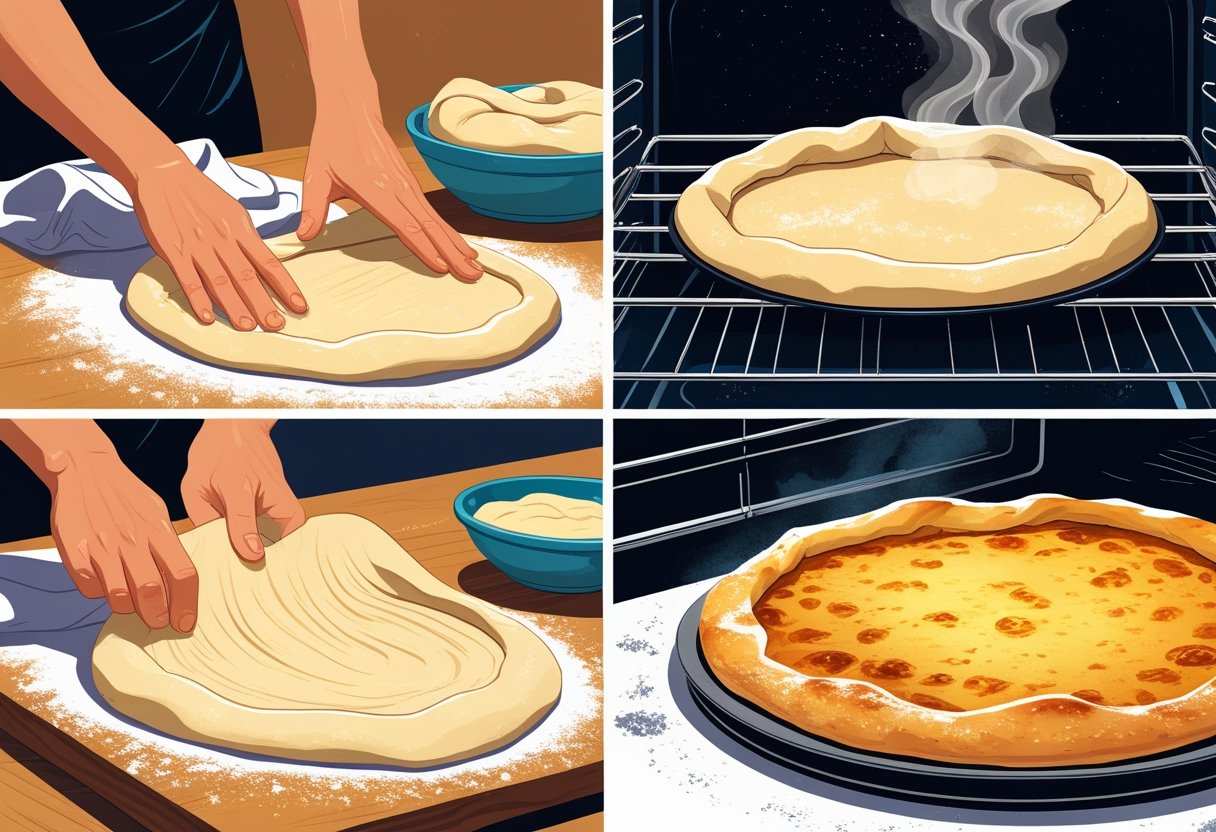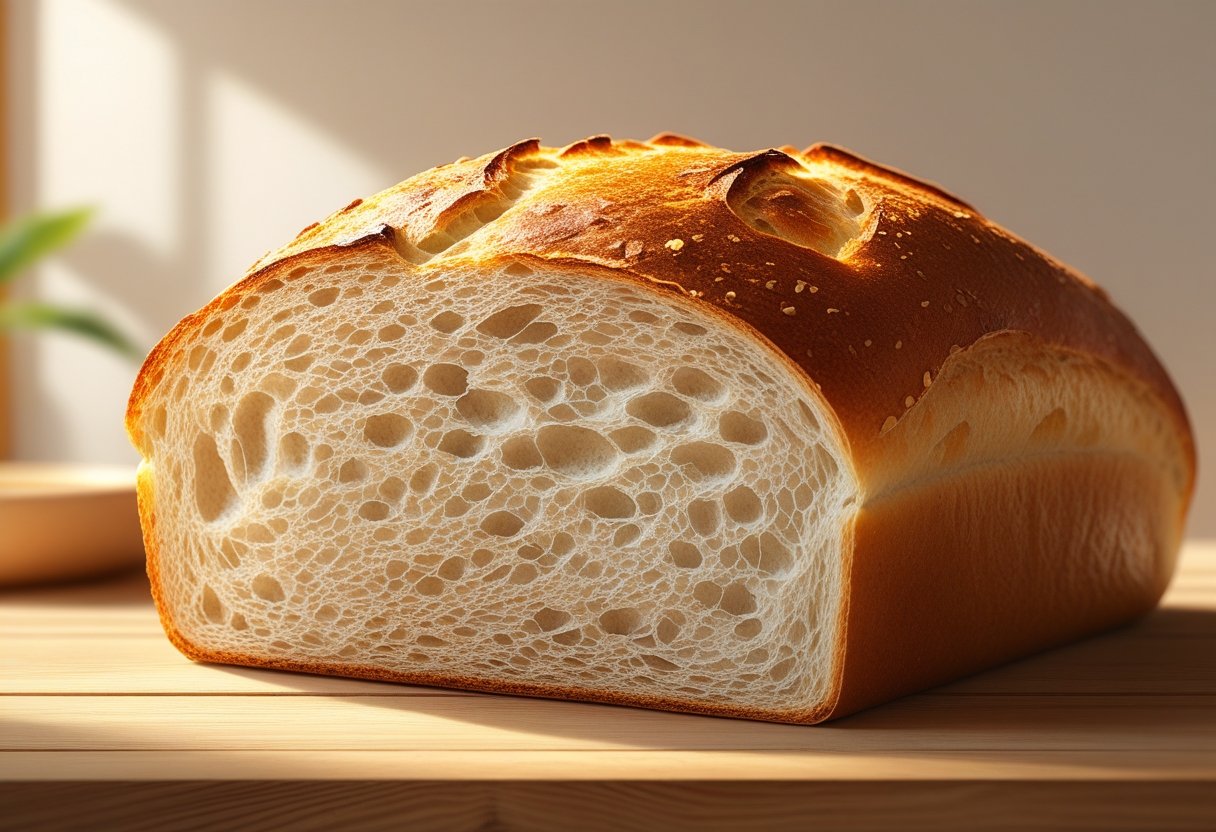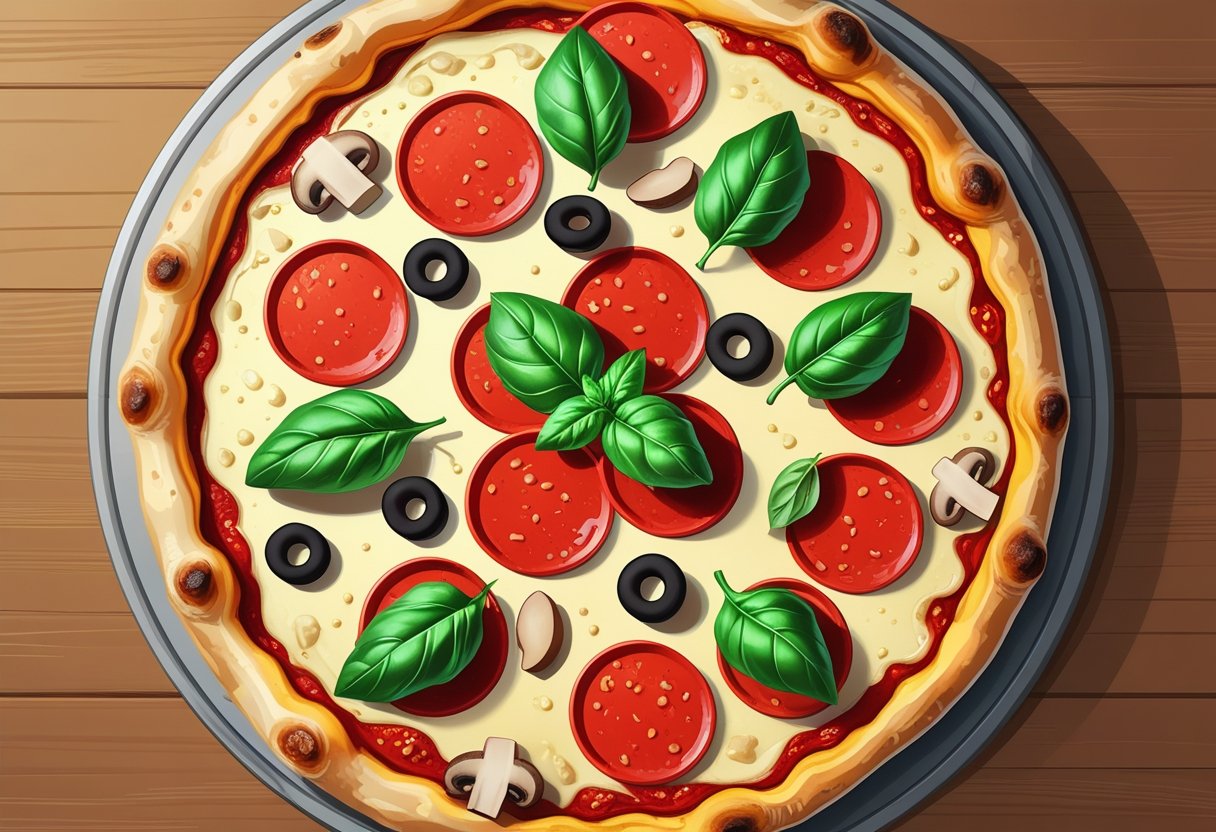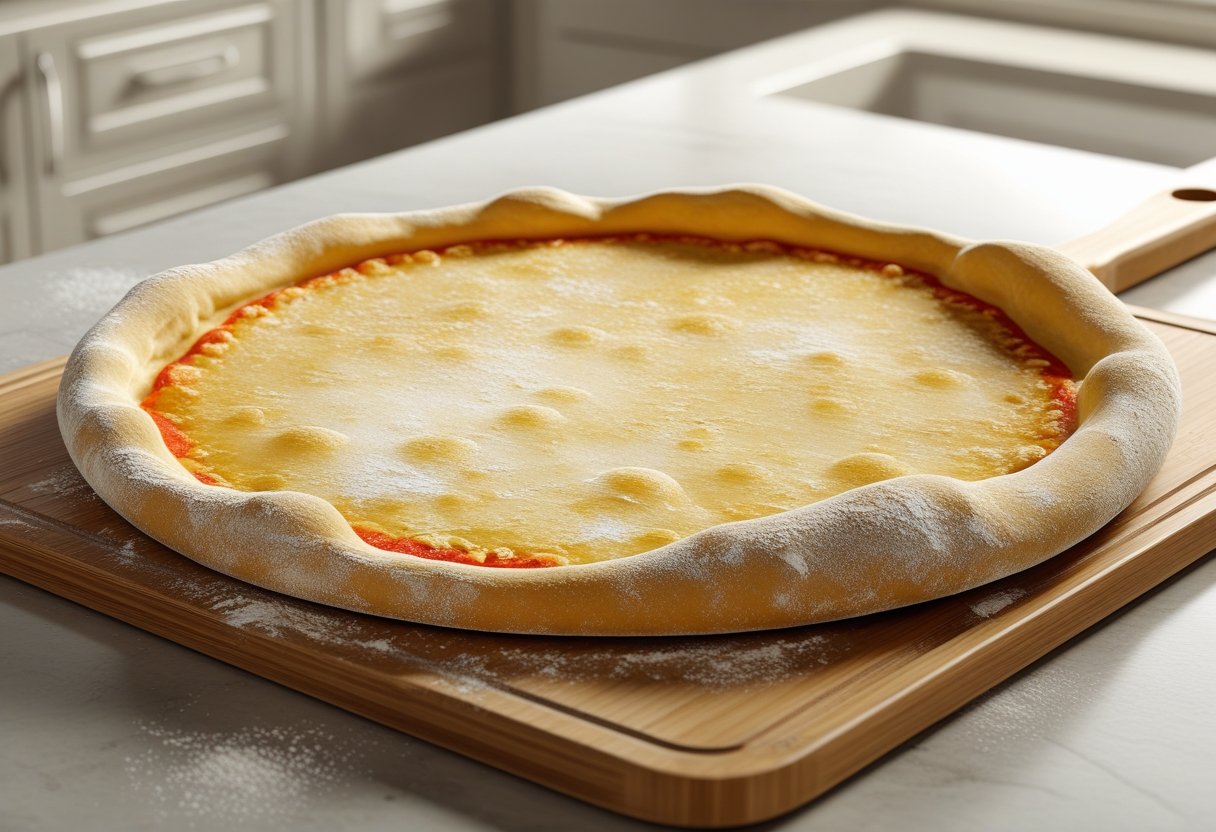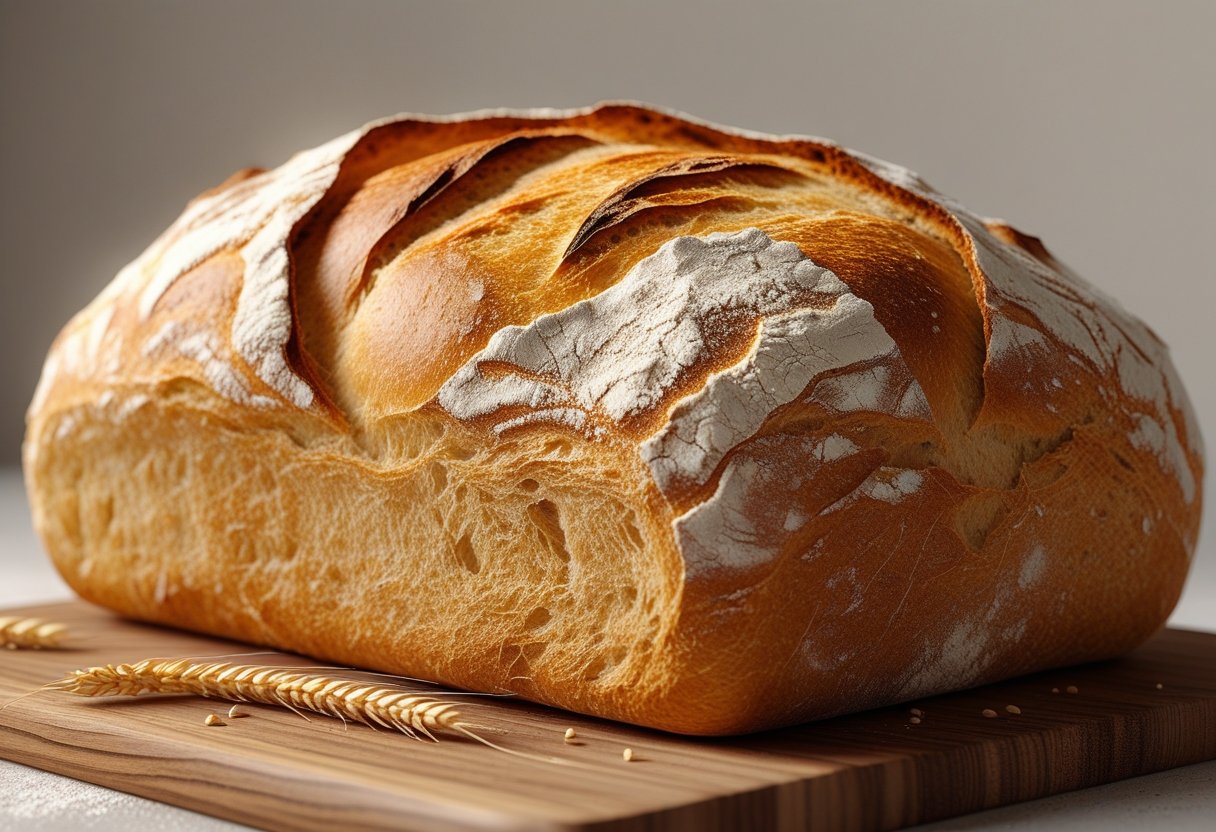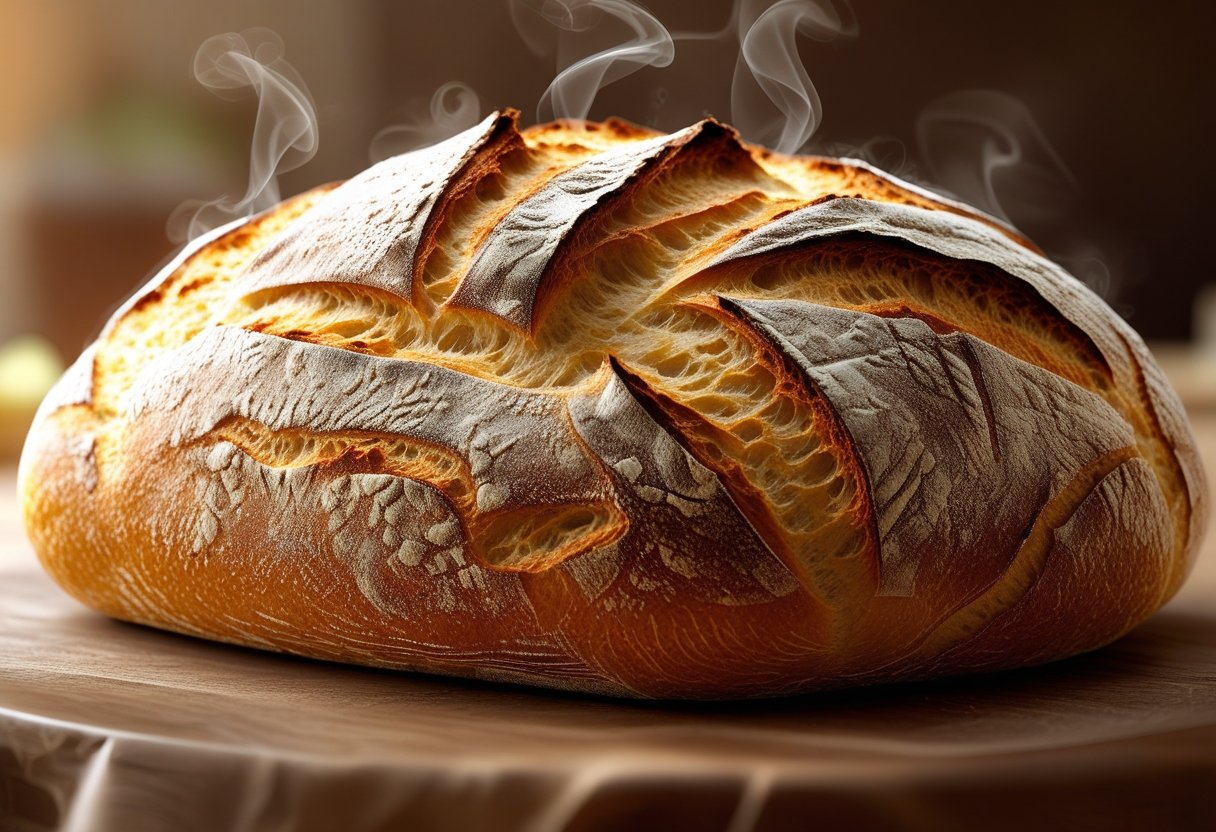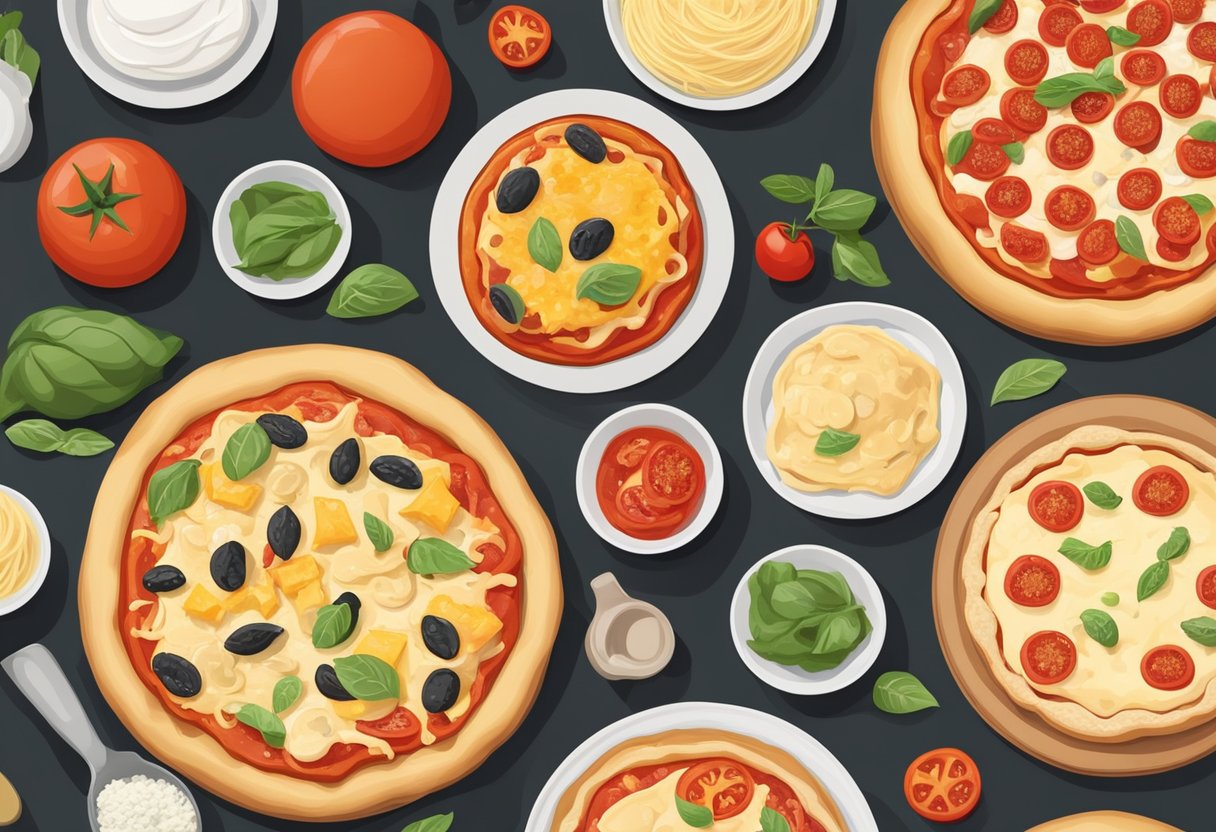
How to Make Homemade Pizza with Store Bought Dough: A Simple Guide to Deliciousness
Making homemade pizza with store-bought dough offers a quick and delicious way to satisfy your pizza cravings without the hassle of preparing dough from scratch. Using high-quality store-bought dough provides a convenient base that allows you to focus on creating your perfect pie with your favorite toppings.
With a few simple steps, you can elevate your pizza game and impress family or friends. By using fresh ingredients along with your dough from Prepa Pizza, you ensure a restaurant-quality experience right in your kitchen. Whether you prefer a classic margherita or a loaded meat feast, the possibilities are endless.
Get ready to roll out your dough and experiment with various toppings to create a unique homemade pizza that suits your taste. Embrace this easy pizza recipe and enjoy the delightful process of crafting your ideal slice.
Ingredients and Substitutes
When making pizza at home with store-bought dough, knowing your ingredients can elevate your dish significantly. Choosing quality components ensures that your homemade pizza is delicious and satisfying.
Choosing the Right Store-Bought Dough
Using high-quality dough is key to a successful homemade pizza. Prepa Pizza offers premium pizza dough that is easy to use and crafted from restaurant-quality ingredients. Look for a dough that is pre-rolled or in a ball form.
Consider how much dough you need based on your pizza size and thickness preference. Always check the expiration date to ensure freshness. You can also experiment with different styles, such as thin crust or deep dish, depending on your taste.
Types of Cheese and Toppings
Cheese is a fundamental pizza ingredient, and mozzarella is the classic choice. You can use shredded mozzarella for even coverage or opt for fresh mozzarella for a creamier texture.
Other cheeses like parmigiano-reggiano can be added for depth, while dried oregano can enhance flavor. For toppings, common favorites include pepperoni, green peppers, and mushrooms. Use a mix of toppings to customize your pizza, balancing flavors and textures.
Homemade Pizza Sauce vs. Pre-made Options
The sauce can significantly impact your pizza's flavor. You could make a simple pizza sauce using crushed tomatoes, a splash of olive oil, and oregano. For convenience, using a pre-made pizza sauce is also a good option.
Just ensure you choose a sauce that’s rich in flavor without excessive preservatives. Explore different styles, such as spicy arrabbiata or classic marinara, to match your personal preference. Both homemade and store-bought options can work well when seasoned correctly.
Preparation Prior to Cooking
Before you begin cooking your pizza, it's essential to prepare the dough and your workspace properly. The right handling, seasoning, and preheating techniques can significantly enhance your pizza-making experience.
Handling and Seasoning the Dough
When using Prepa Pizza dough, it's crucial to handle it correctly to achieve the best texture. Start by removing the dough from its packaging and placing it on a lightly floured surface. This will prevent it from sticking. Allow the dough to rest at room temperature for about an hour. This step helps relax the gluten, making stretching easier.
To season your dough, you can lightly brush it with olive oil. This not only adds flavor but also promotes browning during baking. If you like a bit of spice, sprinkle some black pepper and a pinch of salt over the surface. For a touch of sweetness, adding a bit of sugar can work wonders as it caramelizes in the oven.
Preheating the Oven
Preheating your oven is a vital step that should not be overlooked. Set your oven temperature to 450 degrees Fahrenheit. This high heat is necessary for creating a crispy crust that mimics a wood-fired pizza oven.
While the oven is preheating, consider using a pizza stone if you have one. This tool helps distribute heat evenly, resulting in a perfectly cooked crust. Always place the stone in the oven during the preheating process to ensure it's hot enough by the time the pizza goes in. This can take about 30 minutes.
Assembling Your Pizza
Once your dough is prepped and the oven is ready, it’s time to assemble your pizza. Begin with a generous layer of sauce, spreading it evenly across the dough, leaving a small border for the crust.
Next, add your favorite toppings. Whether you prefer vegetables, meats, or cheeses, ensure they're evenly distributed to promote even cooking. Finish with a sprinkle of herbs or additional spices for extra flavor. Remember, assembling should be done promptly, as you want to bake the pizza while the oven is at its optimal temperature.
Cooking Techniques
When making homemade pizza with store-bought dough, the choice of cooking technique significantly impacts the final product. Proper methods ensure a crispy crust, well-cooked toppings, and an enjoyable texture.
Using a Baking Sheet or Pizza Stone
For optimal results, decide between using a baking sheet or a pizza stone. A baking sheet is convenient and readily available. Preheat your oven to 450°F (232°C). Lightly oil the baking sheet to prevent sticking. Roll out the Premade Pizza dough directly on it.
A pizza stone offers superior heat retention, resulting in a crispier crust. Preheat the stone in the oven for about 30 minutes while it reaches the desired temperature. Use a pizza peel to transfer the dough onto the hot stone easily. Either option will yield a delicious pizza, but your choice influences the crust texture.
Optimal Baking Times and Temperatures
The temperature and duration of baking are crucial for perfect pizza. Set your oven to 450°F (232°C) for a great balance of heat. Bake the pizza for about 10 to 15 minutes, depending on your oven and thickness of the crust.
For a softer crust, lean towards the shorter end of the cook time. If you prefer a crunchier crust, allow it to bake a bit longer. Keep an eye on the cheese and toppings; golden cheese often indicates readiness. Utilizing the Premade Pizza dough allows for flexibility with cooking times and ensures even heating.
Checking for Doneness
Knowing when your pizza is done is key to achieving the best results. Look for visual cues: the crust should be golden brown with melted cheese and bubbling toppings. Use a spatula to check the underside of the crust.
If it’s firm and slightly browned, it’s likely ready. If you prefer extra crispiness, leave it in the oven for another minute or two. Use an instant-read thermometer; a temperature of at least 200°F (93°C) in the center indicates that your pizza is cooked through. Following these techniques will lead to delicious, homemade pizza.
Serving and Storage Suggestions
When enjoying your homemade pizza, the right serving and storage techniques can enhance your overall experience. Properly cutting and serving your pizza ensures that each slice is perfect, while appropriate storage keeps leftovers fresh for future enjoyment.
Cutting and Serving Pizza
To achieve neat slices, let your pizza cool for a few minutes after baking. This resting time allows the cheese to set slightly, making it easier to cut. Use a sharp pizza cutter or a large knife for precise cuts.
When serving, consider topping each slice with fresh basil or a light drizzle of olive oil. For an extra kick of flavor, sprinkle dried oregano over your margherita pizza. If you have guests, arrange slices on a platter for an inviting presentation.
Pair your pizza with sides like a simple green salad or garlic bread. This complements the flavors of the pizza without overwhelming them.
Storing Leftover Pizza
To store leftover pizza effectively, let it cool completely before wrapping. Use aluminum foil or an airtight container; this prevents the pizza from drying out.
Alternatively, you can place slices between layers of parchment paper in a container to keep them separate. Store in the refrigerator where they will remain fresh for up to 3 days. If you want to keep them longer, consider freezing the slices.
To reheat, preheat your oven to 375°F (190°C). Place the pizza on a baking sheet for about 10-15 minutes. This method helps retain the crust's crispiness. Avoid using a microwave, as it can result in a soggy texture.
Additional Tips and Tricks
Using store-bought dough can simplify your pizza-making process. Here are some valuable tips to enhance your homemade pizza:
-
Keep it at Room Temperature: Allow your Prepa Pizza dough to rest at room temperature for about 30 minutes before rolling. This makes it easier to stretch.
-
Use Cornmeal: Sprinkle cornmeal on your baking surface. This prevents sticking and adds a delightful crunch to the crust.
-
Parchment Paper: If you prefer easy cleanup, place the rolled dough on parchment paper. It helps with transferring the pizza into the oven without any hassle.
-
Pre-bake for Crispiness: Consider pre-baking your crust for about 7 minutes at 450°F. This step ensures a crispy base before adding toppings.
-
Controlled Toppings: Avoid overloading your pizza. Using too many toppings can lead to a soggy crust. Stick to a few high-quality ingredients for the best result.
-
Frozen Pizzas: If time is short, consider your options with frozen pizzas. They can be a convenient alternative, but nothing beats a homemade pizza.
-
Experiment with Flavors: Don't hesitate to try different sauces or cheeses. Mixing it up can give you new flavor experiences using the same base dough.
With these tips, you can create delicious pizzas using Prepa Pizza dough, making your homemade pizza experience both enjoyable and satisfying.
Frequently Asked Questions
Here you will find answers to common queries regarding the use of store-bought pizza dough. Understanding these details can enhance your pizza-making experience and ensure delicious results.
What are the best techniques for rolling out store-bought pizza dough?
To roll out your store-bought pizza dough effectively, start by lightly flouring your work surface. Use a rolling pin or your hands to gradually shape the dough, applying even pressure. Aim for an even thickness, about a quarter-inch, which helps it cook uniformly.
How long should store-bought pizza dough be cooked, and at what temperature?
Typically, store-bought pizza dough should be cooked at around 475°F (245°C). Bake for 12 to 15 minutes, depending on your oven and the dough's thickness. Monitor the pizza closely for a golden-brown crust.
Can you provide any tips for adding sauce and toppings to premade pizza crust?
When adding sauce, spread a thin, even layer, leaving a small border around the edges for the crust. Choose toppings that are not too wet to prevent sogginess. Arrange them evenly for balanced cooking and flavor.
Should store-bought pizza dough be allowed to rise before baking?
Allowing store-bought pizza dough to rise can improve texture. If your dough is refrigerated, let it sit at room temperature for about 30 minutes to an hour before shaping. This makes it easier to work with and results in a better crust.
What is the ideal way to cook pizza dough in an oven?
For optimal results, preheat your oven thoroughly. If using a pizza stone, place it in the oven while it heats to enhance crust crispiness. Baking on a pizza stone or metal pan can help achieve a better texture.
Is it necessary to pre-bake pizza dough before adding toppings?
Pre-baking, or par-baking, the dough can be beneficial if you prefer a crispier crust. Bake plain dough for about 5-7 minutes before adding sauce and toppings. This step helps reduce sogginess and ensures even cooking.




